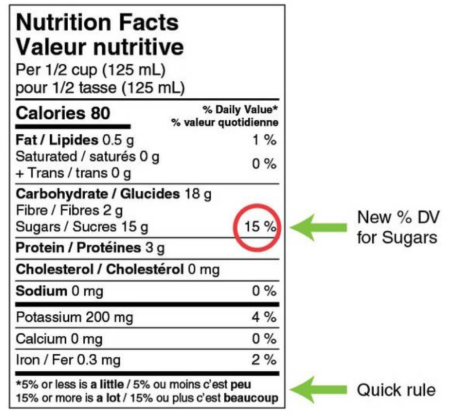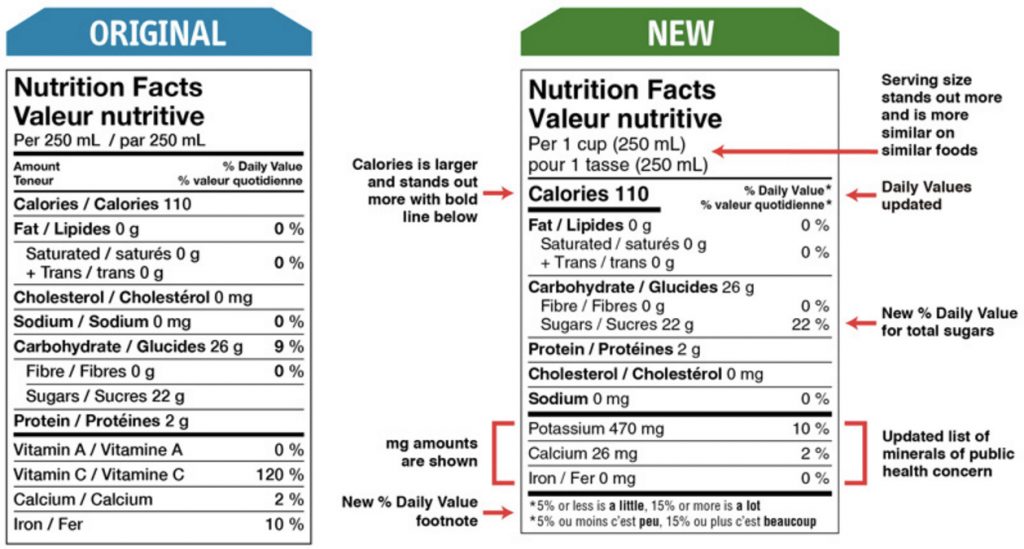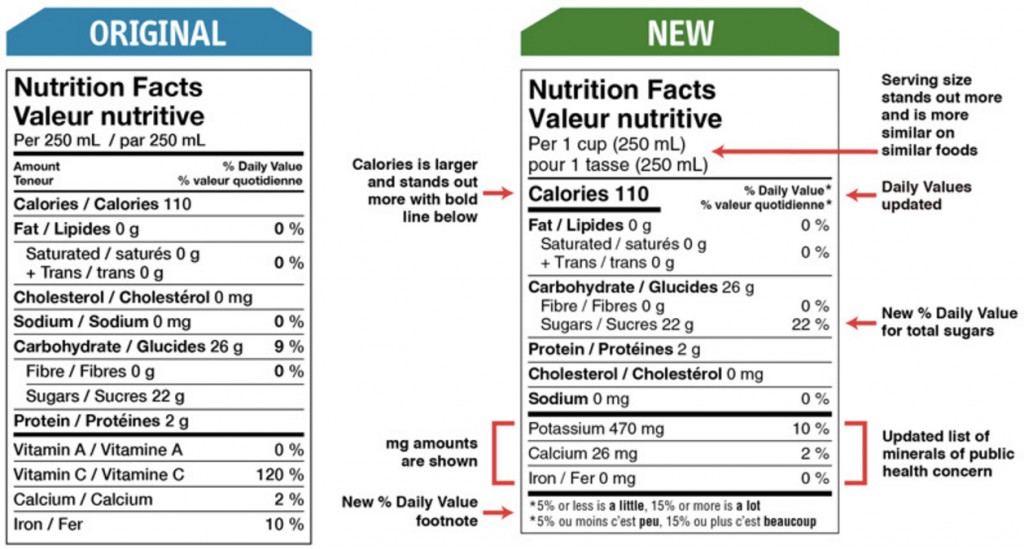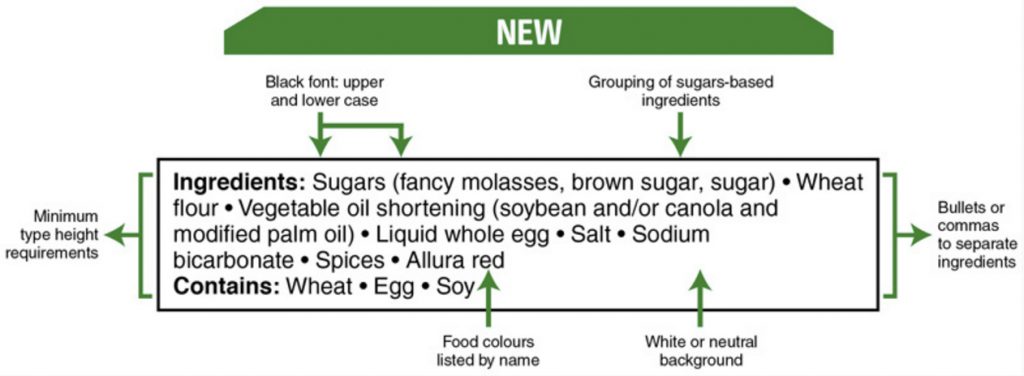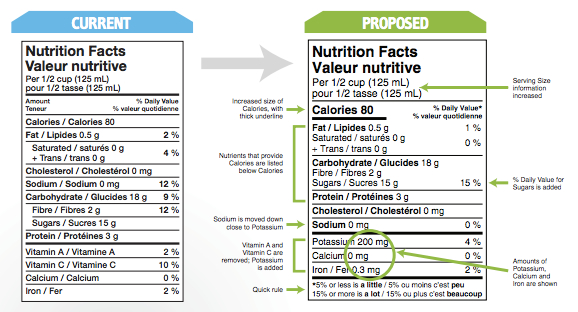 Coconut sugar (Istock)
Coconut sugar (Istock)
 Date sugar (Bing)
Date sugar (Bing)
You may have seen recipes that say ingredients like coconut sugar and date sugar contribute nutritional benefits. Although there are a few elements in these sugars that make them different from regular sugars, in reality, coconut sugar and date sugar are almost identical to regular cane sugar in terms of nutrients and calories. Both consist mainly of sugars, which are simple carbohydrates. Diabetes Canada states sugars may be eaten in moderation by people with diabetes but there is no advantage to those with diabetes in using one type of sugar over another.
Coconut sugar is also called palm sugar and comes from the dehydrated sap of the coconut palm. Coconut sugar may contain some trace minerals found in the coconut palm like iron, zinc, magnesium and B-Vitamins. These nutrients support good health, but coconut sugar does not contain enough of them per serving to offer a measurable benefit. Coconut sugar also contains inulin, a type of soluble fibre. Fibre is a more complex type of carbohydrate and it slows down the absorption of the sweetener which is linked to a lower risk of blood sugar spikes. Coconut sugar may impart a nutty flavor and is recommended as a substitute for brown sugar in food preparation.
Date sugar is simply dried dates ground into a fine powder. Date sugar has the trace nutrients found in whole dates, including potassium, calcium, and antioxidants. The fibre in a teaspoon of date sugar is nutritionally insignificant. The main drawback to date sugar is that it doesn’t melt or dissolve completely in water, so its uses are somewhat limited. Replacing brown sugar in recipes, such as banana bread and bar cookies, or sprinkling some on yogurt or fruit are suggested uses.
Bottom line: If you prefer to use coconut sugar or date sugar, go ahead and enjoy it. But remember it’s really just like eating another type of sugar. It provides just as many calories and carbohydrates as regular sugar: about 15 calories and 4 grams of carbohydrate per teaspoon. All added sugars should only be used in moderation. Speak to a dietitian about your personal nutrition questions.
Sources: Academy of Nutrition and Dietetics, Today’s Dietitian, Diabetes Canada

